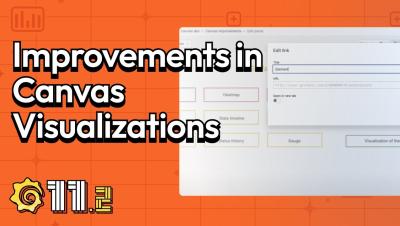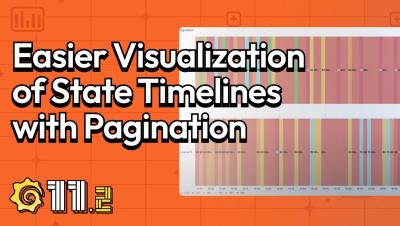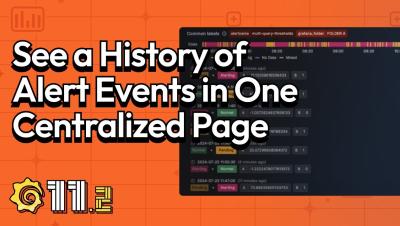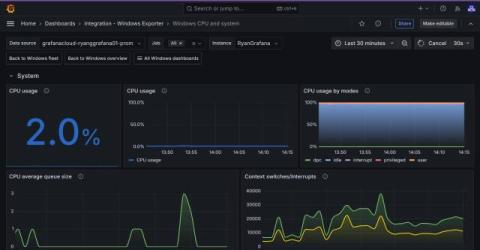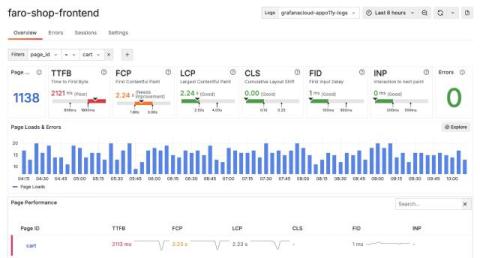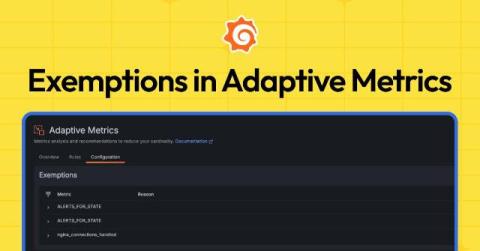Grafana Canvas Standardized Tooltips and Improved Datalinks in 11.2 (Demo) | Grafana
In 11.2, we've made standardized tooltips and data links improvements in canvas visualizations. These improvements are generally available. Watch the walk-through from Adela on the DataViz Squad at Grafana Labs. Grafana Cloud is the easiest way to get started with Grafana dashboards, metrics, logs, and traces.


